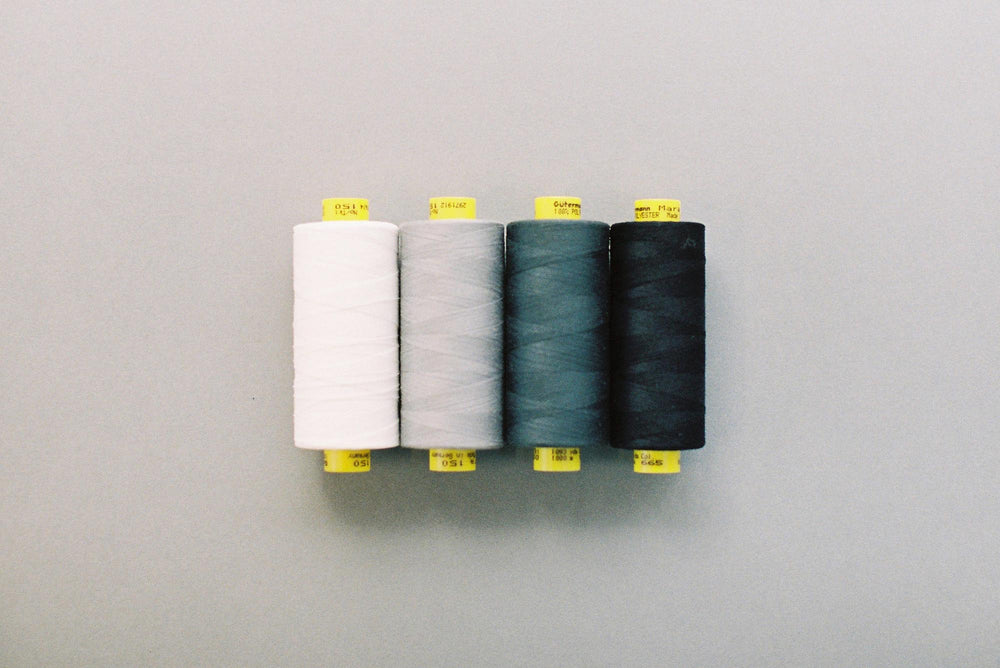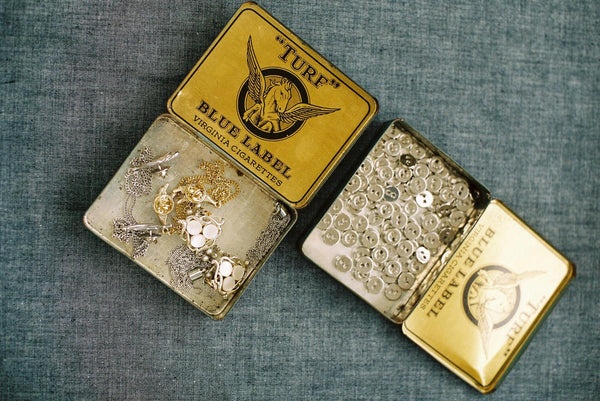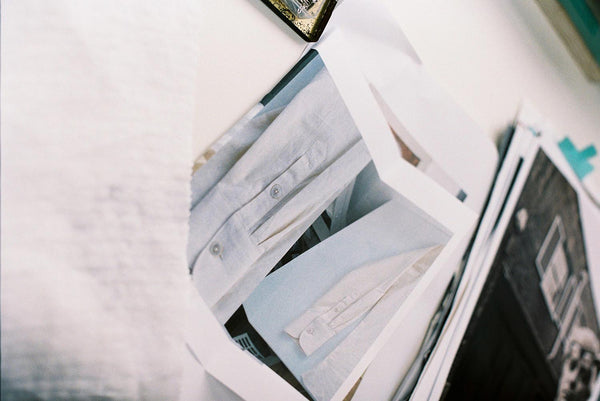It seems that our enforced time of pause and reflection has sparked a reawakening for many people and it’s having a profound influence on how we shop and the brands we’re sharing our allegiances with.
Collectively, we now wish to simplify and slow down, taking time to pause and appreciate a product of quality. We’re now drawn to thoughtful design and looking at craftsmanship and detail. We’re also taking the long-view, making choices based on our own personal taste ra-ther than being influenced by a passing trend or fad. It’s now ‘in with the old’, and if it’s new it must be enduring. This is fundamentally altering how we’re choosing to style our homes and the clothing we’re opting for with each new season.
This change in consumer sentiment is sparking a significant move towards slow and consid-ered design that is the very opposite of the ‘throwaway’ culture of old. As we embrace this ‘shift to slow’ a growing number of companies are not only adjusting the type of products they offer, but also reappraising and changing the way they design and produce them too.
I couldn’t be happier to say that, finally, design is returning to its original premise, to create useful things that last.
Slow Fashion
One of the most fundamental and far-reaching impacts of the pandemic lies in the fashion in-dustry. The fast-fashion trends that have dominated the industry for decades are turning to a slow-fashion agenda as we head towards a more sustainable future. A growing number of brands, particularly in the luxury sector, are aligning with a slow fashion approach by upend-ing the traditional fashion calendar and reducing collections.
One early adopter to announce their new directive was Gucci. The Italian brand intends to go seasonless and reduce the number of fashion shows it holds each year from five to two. In addition the brand has launched Gucci Circular Lines, which aims to use regenerated materi-als that are recycled and sustainable.
Countless articles have been written about the rise of the Slow Fashion movement, but one of my favourites is from Sir Paul Smith, speaking with The Telegraph last autumn: “The fashion industry has got bloated and ridiculous - too many clothes being produced and being constantly discounted.”
 Here to stay
Here to stay
Although this change was sparked by the global pandemic, consumer sentiment, especially among younger generations, suggests that this shift to slow is here to stay. As a growing number of us adopt spending habits and values that embrace anti-excess principles and conscious consumption there is a shared understanding and belief that slower fashion will lead to less waste, which in turn will lead to less pollution.
The Slow Fashion movement promises to be the opposite of the fast fashion trend by delivering sustainably procured and produced clothing to mindful consumers. Instead of never-ending sale offerings due to rapidly changing trends, slow fashion items are designed to be sustainable, functional, durable and stylish.
Forever Garments
We’re seeing a return to the creation of bespoke, made-to-order collections - reviving an approach that up until the 1940s was the norm. Not only as a way of elevating the level of craftsmanship, but as a way of naturally reducing unnecessary waste.
We predict a growing number of brands will adopt this approach in the future, with fashion labels such as NASON leading the way. I love the way the founder, Mel, described the purpose behind her brand - we all need far more ‘forever garments’ in our wardrobes!
“At NASON, we design what we like to call ‘forever garments’ future-proofed, authentically British clothing with a conscience, released via a pre-order model. We want to slow fashion down and limit its environmental impact.” – Mel Nason, Founder, NASON
Kate Shepard and Matt Parry, Future Collective


